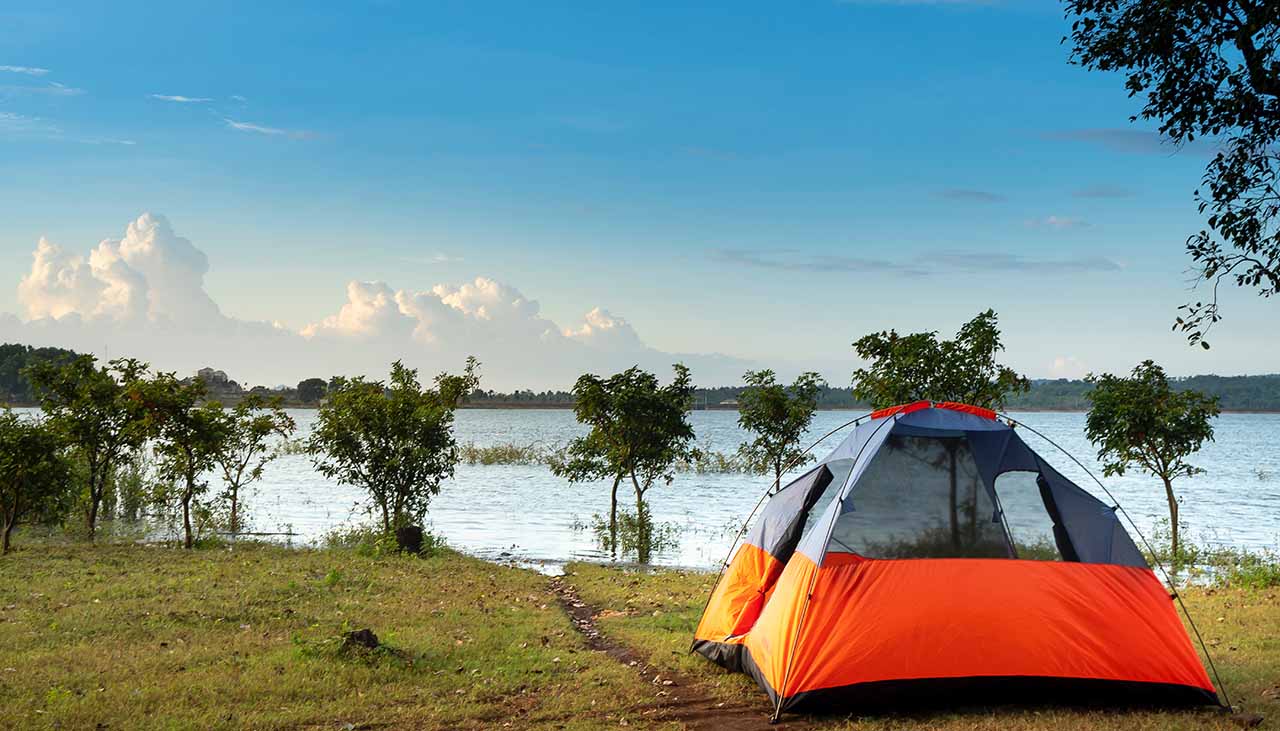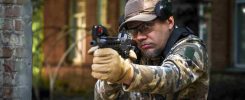Photography has long been used to capture and share our experiences with the world. From family vacation photos to professional portraits, photography offers us a window into a moment that is otherwise fleeting. But recently, photography has taken on a special purpose—capturing wildlife in its natural habitat. With camera lenses poised, photographers around the globe have ventured out into wild places capturing breathtaking photographs of amazing creatures living in their habitats. Whether it’s an image of majestic elephants drinking at waterholes or a lioness hunting her prey across the savannah, these awe-inspiring shots offer insight into the mystery and magnificence of nature’s beautiful creatures as they do live in their environments. In this blog post, we will explore some incredible examples of animal photos from various exotic locales and learn how being able to experience them through the lens can impact how we interact with nature for generations to come.
The Necessary Gear for Animal Photography – What do you need to get started
Before venturing into the wild with your camera, there are a few pieces of equipment that are essential for capturing stunning shots of animals in their natural habitat. First and foremost, you will need a reliable DSLR or mirrorless camera body with an appropriate lens or lenses to suit your desired subject matter. For wildlife photography, it is usually best to choose lenses between 300mm-400mm (with a minimum aperture size of f/2.8) to ensure sharp images even when shooting at longer distances. Additionally, having some additional accessories such as monopods and teleconverters will come in handy during your time out in the field. Lastly, make sure you have plenty of memory cards and batteries for your camera so that you don’t miss a single shot!
Finding the Perfect Spot – Tips for getting to the right place
Once you have all of your equipment, it’s time to find the perfect spot for capturing wildlife photos. Whether it’s a national park or a nature reserve, make sure you do some research before committing to an area. Knowing what type of animals live in that location and when they are active can help narrow down your choices and maximize your chances for success. Additionally, if possible try scouting out the area beforehand so that you can familiarize yourself with any potential backdrops or settings that will add context and atmosphere to your photos.
Creating a Sense of Presence – Techniques for making your photos come alive
When photographing animals in their natural habitat, it is important to create a sense of presence in the image. To do this, try focusing on two main elements—being observant and being patient. Oftentimes wildlife photography requires being aware of your surroundings and looking for subtle cues that could indicate an animal’s location or behavior. Additionally, having patience will pay off when it comes to capturing the perfect shot—waiting until the precise moment when an animal interacts with its environment can make all the difference between a good photo and a great one.
Catching the Moment – How to capture the perfect shot
Once you think you’ve spotted your subject, it’s time to get ready for action! Knowing how to adjust your camera settings quickly and accurately is key to making sure you don’t miss the moment. Having a good understanding of shutter speed, aperture, and ISO settings can help you adjust quickly to changing lighting conditions and create images with a greater depth of field that will draw viewers into the scene. Other important considerations such as using burst mode or panning your camera can also be extremely beneficial.
Post-Processing – Essential tips for bringing out the best in each photo
No matter how talented of a photographer you are, post-processing is an essential component in creating stunning animal images. Using editing programs like Photoshop or Lightroom can be used to bring out the most minute details in your photos and make them look more professional. Many techniques come into play in post-processing such as exposure, color correction, noise reduction, sharpening, and more. Taking time to craft your image with these techniques can be the difference between an average photo and a truly amazing one.
Sharing Your Work – Platforms and strategies for finding an audience
Once you have crafted a stunning portfolio of animal photos, it’s time to share them with the world! To get started, you can create accounts on social media websites like Instagram or 500px and start posting your work. Additionally, you can build up a website showcasing your images that people can visit online. Lastly, look into participating in photography contests or joining local photography groups—these are great ways to get feedback from other photographers while also having the potential to gain exposure from a wider audience.
By following these tips, you can start your journey into wildlife photography and create stunning images that capture the beauty and majesty of animals in their natural habitat! With practice and dedication, you can bring out the best in each photograph and make something truly special. So pick up your camera, get outdoors, and start shooting!

